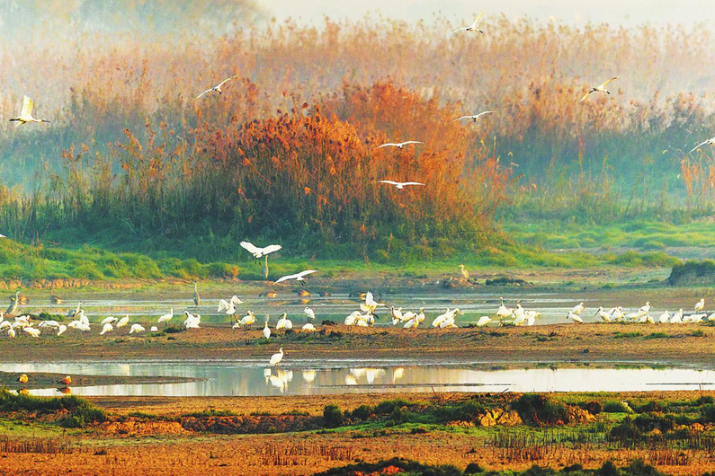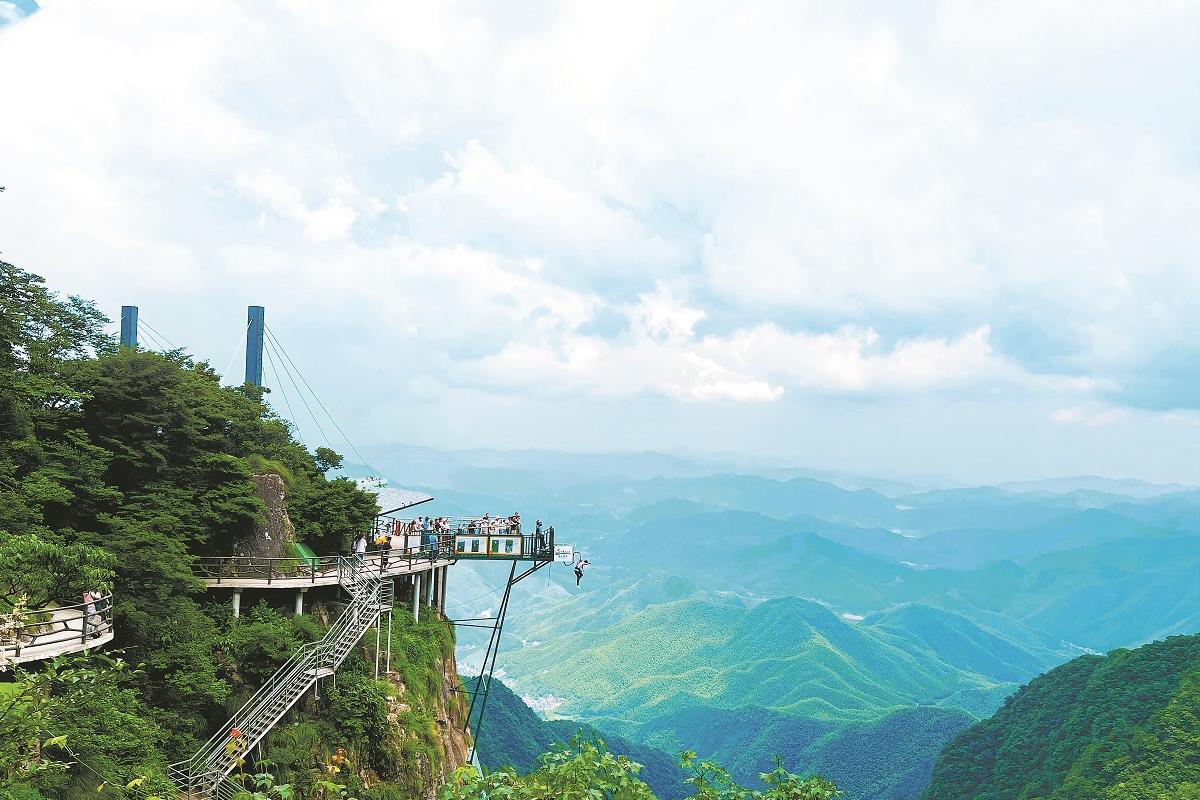Trash sorting taking off nationwide


New trucks bought
Sorting trash is the first step in domestic waste management, but a lack of separate transportation and treatment for waste can hamper such efforts.
Trash-sorting programs for which pilot measures were launched in eight cities nationwide, including Beijing, Shanghai and Guangzhou, capital of Guangdong province, as early as 2000, ended in failure.
He Jun, vice-captain of a sanitation team at Shanghai Xuri Environment Sanitation Service Co, knows the importance of transporting sorted trash separately.
One year ago, his team, which covers 18 roads in Xujiahui district, only had one truck to collect kitchen waste. "When trash sorting started, this truck could barely handle the increased quantity of food waste," he said.
The company quickly bought new trucks, and now has five to handle food waste. Three of the vehicles collect kitchen waste from restaurants at midnight, while the other two remove such trash from residential communities in the morning.
The company also developed a mobile app for workers to report the quality of waste. If the workers spot plastics or other waste, they upload photos and alert the local community committee and property management office.
"We refuse to collect trash if it is not sorted properly and the people responsible don't correct this," He said, adding if the workers collect mixed waste, their truck will be denied entry at the trash transfer station.
Every day, some 15,000 tons of domestic waste-or 60 percent of the total generated in Shanghai-is sorted at origin before being transported 40 kilometers from the city center to Laogang on the coast in Pudong district.
Occupying nearly 30 square kilometers-roughly the size of Macao-the trash treatment site is the biggest in Asia. It was built in 1985 as a landfill, and since then has been encroaching on the East China Sea.
Now called the Laogang Ecological and Environmental Protection Base, the site has evolved into a modern trash treatment complex, comprising landfills, incinerators, biological waste digestion centers, solid and toxic waste processing facilities and a restoration forest.
The second phase of the Laogang Renewable Resource Recycling Center, an integrated incinerator that can handle 6,000 tons of waste a day, began operating on June 28 last year.
Standing in the central control area with a number of large screens showing real-time images and data from eight incineration furnaces, Zhu Siliu, the center's general manager, said that before the incinerator was built, nearly 3 million tons of trash had to go to a landfill. Now, very little waste needs to be taken there.
Together with the first phase of the center built in 2013, about 10,000 tons of trash is incinerated at the center each day.
Zhu said trash sorting separates wet kitchen waste and recyclables, resulting in improved efficiency and incinerator stability.
"One ton of sorted trash can generate 550 kilowatt-hours, a rise of 20 percent compared with when trash is mixed," Zhu said, adding that sorted trash also lowers the level of toxic emissions.
To deal with the rising quantity of kitchen waste, a biological resources recycling center started operating at the site in October, handling 1,000 tons per day.
After preprocessing and anaerobic digestion-where microorganisms break down biodegradable material in the absence of oxygen-kitchen waste is turned into biofuel and biogas residues, which can be used to treat soil contaminated by heavy metal, or be made into organic fertilizers.
























